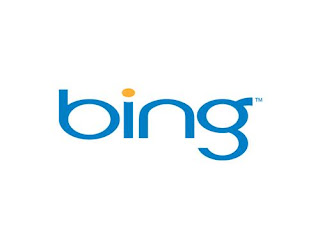
If you want to build a deep site that is rich in content, than you need to consider these SIX SEARCH ENGINE FRIENDLY NAVIGATION TIPS.
These navigation tips are both user and search spider friendly. User friendly because they offer a variety of navigation options in various locations within page, as well as provide a sense of place within the site.
Spider friendly because they are HTML text based links, which every search engine can read and index quickly and accurately. They also provide spider access to deep internal pages both vertically and horizontally.
Note: ALL text and headlines on your page should be HTML. Use text as graphics sparingly in images only. The more HTML text on the page the better. Google prefers 250 to 1,000 words per page on a single topic or theme. Focus on one to three keywords per page. 250 words for topic relevancy, and up to 1,000 because that's where it stops crawling/indexing the page.
So here are the SIX:
1. Place text links as secondary navigation at the bottom of every page.
2. Use breadcrumb links/navigation at the top of every page.
3. Place hypertext links embedded in the main body text. Best to use keywords as links to more content on the topic.
4. Provide text links to internal pages from: framesets, HTML site map, body text, HTML navigation at bottom of page.
5. Submit interior pages to search engines and directories to be indexed.
6. Provide and encourage links to interior pages from other sites, white papers, press releases, articles, blogs, twitter, Facebook and other social media channels.
These tips will help your site rank higher on organic searches and drive more traffic deep within your site where you have lots of great content waiting to be discovered.








